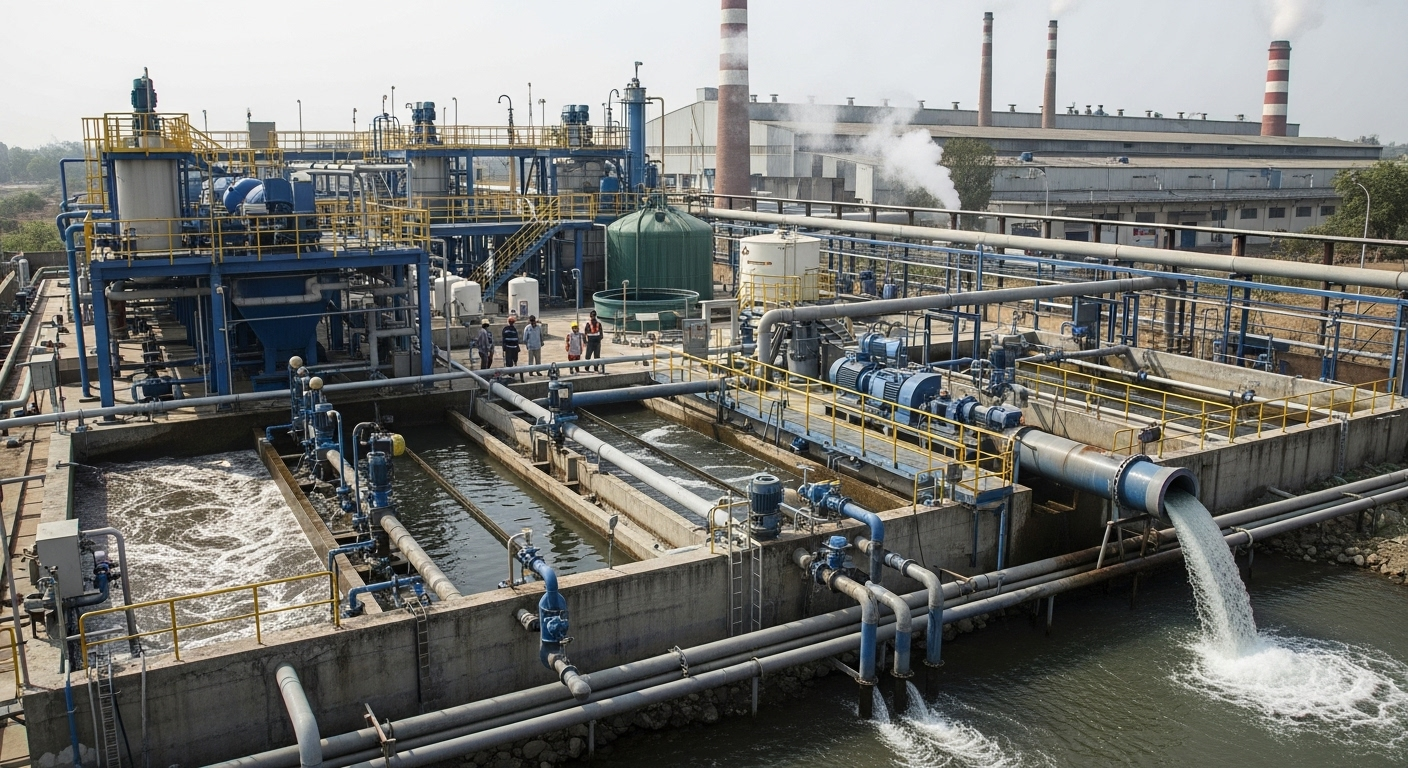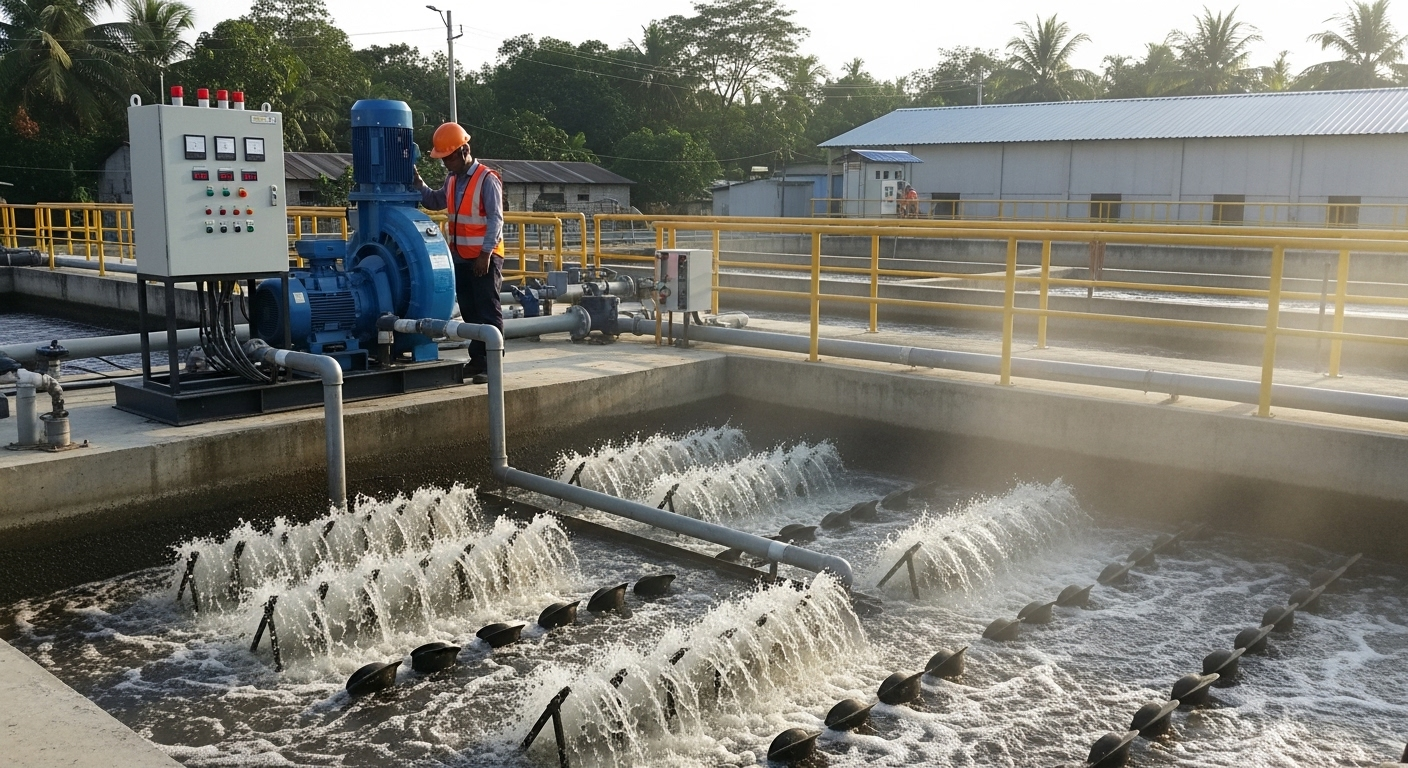The garment industry is one of the largest and fastest-growing sectors in many countries, including Bangladesh. However, it is also a significant source of industrial wastewater pollution, primarily due to the dyeing, printing, and finishing processes involved in garment manufacturing. An Effluent Treatment Plant (ETP) is therefore crucial for treating this wastewater before it is discharged into the environment.
1. Nature of Wastewater in the Garment Industry
The wastewater generated in garment factories contains a variety of pollutants. These include synthetic dyes, pigments, chemicals like detergents, acids, alkalis, oils, grease, and suspended solids. This wastewater typically has a high Biological Oxygen Demand (BOD) and Chemical Oxygen Demand (COD), which means it can severely deplete oxygen levels in natural water bodies, harming aquatic life. Direct discharge of untreated wastewater leads to water pollution, affecting rivers, canals, and groundwater quality.
2. Environmental Protection and Public Health
Untreated effluent discharge can cause severe environmental damage. Polluted water bodies can kill fish and other aquatic organisms, disrupt ecosystems, and contaminate drinking water sources. This not only harms biodiversity but also poses health risks to communities dependent on these water sources. By installing an ETP, factories can remove harmful contaminants and ensure that discharged water meets environmental standards, protecting both nature and public health.
3. Compliance with Legal and Regulatory Requirements
Most countries have strict environmental regulations mandating industrial wastewater treatment. In Bangladesh, the Department of Environment (DoE) enforces such regulations and requires garment factories to operate effective ETPs. Factories without proper treatment facilities risk penalties, fines, and even closure. Compliance ensures uninterrupted business operations and avoids legal complications.
4. Meeting International Buyer Standards
Many global brands sourcing garments from Bangladesh and other countries have stringent environmental and social compliance requirements. Brands like H&M, Zara, Nike, and Levi’s insist on sustainable production practices, including proper wastewater management. Factories lacking ETPs may lose valuable export orders due to non-compliance with these buyer standards and certifications such as OEKO-TEX, GOTS, and ZDHC.
5. Promoting Sustainability and Cost Efficiency
Beyond compliance, ETPs help garment factories promote sustainability by recycling treated water, reducing freshwater consumption, and lowering production costs in the long run. This improves the factory’s environmental footprint and strengthens its market reputation.
Effluent Treatment Plant is indispensable for the garment industry. It safeguards the environment, ensures legal compliance, meets global buyer expectations, and supports sustainable growth — all critical factors for the industry’s long-term success.




